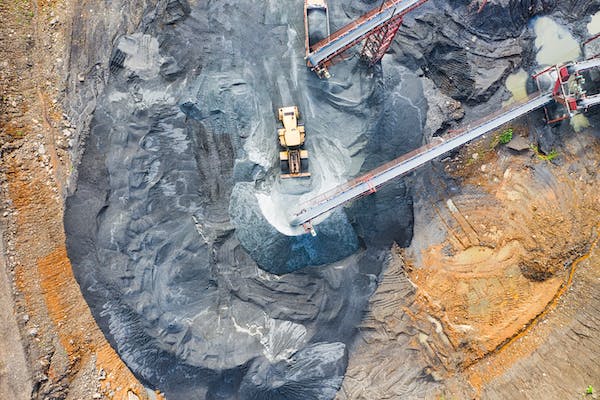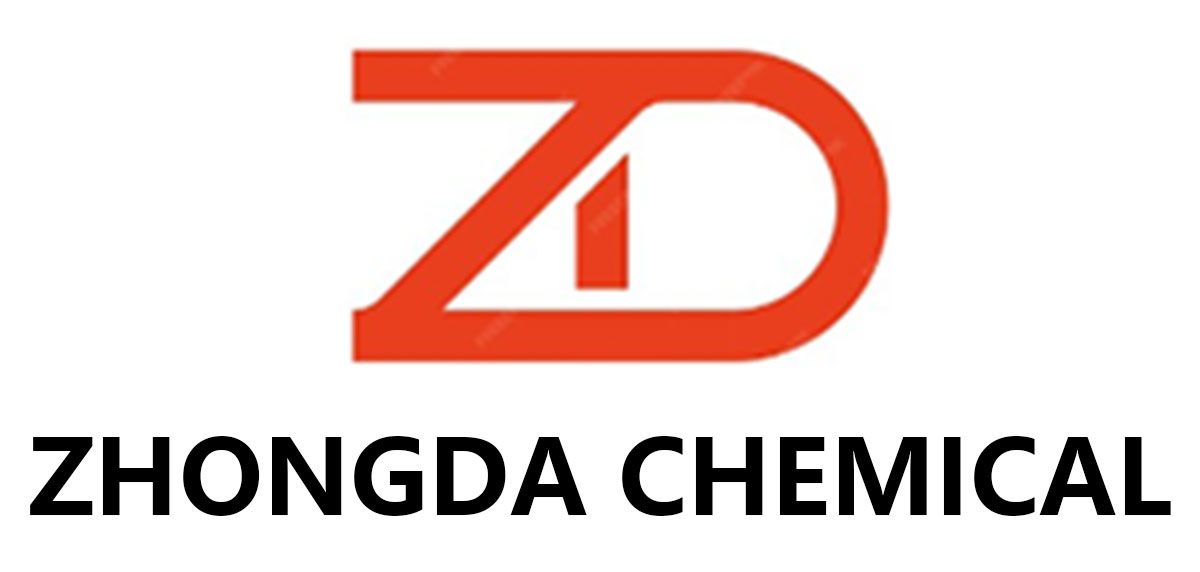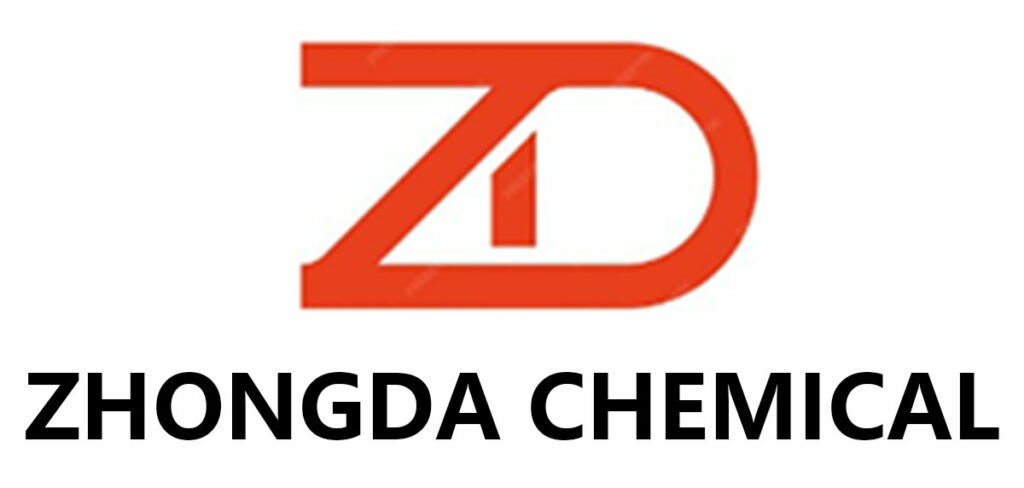Mixed Hydroxide Precipitate is a nickel smelting intermediate with a nickel content of typically 34-55% and a cobalt content of typically 1-4.5%.
The nickel content is usually 34-55% and cobalt content is usually 1-4.5%. The wet smelting process of nickel laterite ore mainly includes reduction roasting-ammonia leaching (Caron),High-pressure acid leaching (HPAL) and atmospheric pressure acid leaching (AL), of which HPAL is the mainstream process in the market and is suitable for treating nickel ores with Mg content up to 5%.HPAL is the mainstream process in the market and is suitable for limonite with magnesium content of 5% or less.
The main difference between the generations is in the autoclave. The first generation mainly used vertical steam stirred autoclaves in multi-stage tandem operation, whereas the second generation uses multi-compartment horizontal autoclaves as the main process for treating limonite.
The first generation mainly used vertical steam stirred autoclave with multi-stage tandem operation, while the second generation used multi-chamber horizontal autoclave as leaching equipment.The core change of the third generation HPAL technology is the adoption of the “three-stage preheating and three-stage flashing model”: the three-stage preheater uses pressurized water steam to heat the slurry, and then uses the three-stage flasher after high-pressure acid leaching.
After high-pressure acid leaching, a three-stage flash steamer is used to saturate the water vapor by changing the pressure. It is characterized by more stable production, higher operating rate, lower cost, higher metal recovery, and a complete nickel process.
The recovery rate of nickel and cobalt in the whole process can reach about 95%. The core high-pressure acid leaching system needs to be able to withstand high temperature, high pressure and high corrosion, and needs to be customized.
The core high-pressure acid leaching system needs to withstand high temperature, high pressure and high corrosion, and needs to be customized, with a supply lead time of about 14-18 months, so the construction cycle of wet-process projects is generally longer than that of thermal-process projects. The compound annual growth rate of global MHP production is 48% from 2021 to 2025, and the increment is mainly from the layout of Chinese enterprises in Indonesia.


